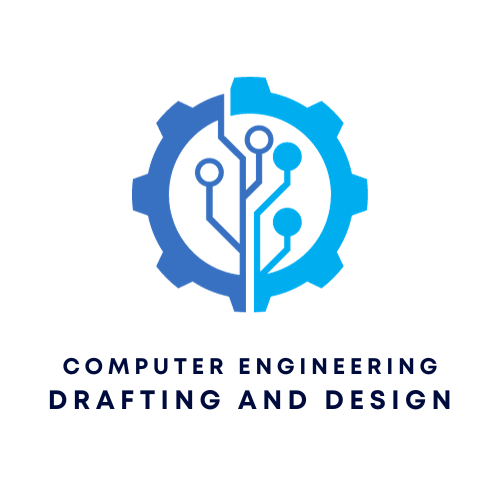1. Overview of Software Tools
- MultiSim: Developed by National Instruments, MultiSim is a versatile tool that allows users to simulate, design, and test electronic circuits. It integrates SPICE simulations and PCB design capabilities. MultiSim provides features like a Virtual Oscilloscope, Bode Plotter, and a Power Analyzer. It also offers a 3D viewer for visualizing PCB designs.
- Circuit Wizard: This software stands out for its educational features, simplicity, and an integrated approach to both circuit simulation and PCB design. It uses a virtual ‘breadboard’ approach and has a unique Component Wizard that allows users to create custom components.
- LTspice: A freeware developed by Linear Technology, LTspice is a high-performance SPICE simulation software. It primarily focuses on the simulation of analog circuits and doesn’t have the breadth of PCB design features as the other tools. It’s known for its SPICE netlist programming and has a large online community providing unofficial libraries and components.
- Altium Designer: A high-end tool primarily known for its advanced PCB layout capabilities.
- Eagle: Another prominent electronic design automation (EDA) software tool, Eagle provides schematic capture, component placement, PCB layout, and other functionalities. It also has a vast online community.
2. Unique Features and Characteristics
- File Extensions: In LTspice, schematic files typically use the .asc extension.
- Programming and Directives: LTspice allows users to define conditions like input voltage or component values that vary over time using the .STEP, .TRAN, .AC, .PARAM, and .OP directives.
- Educational Focus: While many of these tools offer comprehensive component libraries, Circuit Wizard emphasizes educational purposes.
- Power Electronics: LTspice is known for its comprehensive library for power electronics components, although MultiSim and Circuit Wizard also have extensive libraries.
- User-Friendliness: Circuit Wizard is known for its simplicity and user-friendly interface, making it particularly suitable for beginners and educational environments.
- 3D Visualization: Both MultiSim and Circuit Wizard offer integrated 3D viewers for visualizing the final PCB design.
3. Standardization and Community Support
- Standardization: SPICE (Simulation Program with Integrated Circuit Emphasis) is a general-purpose simulation program that has become a standard in the electronics industry for circuit simulation. Many of the tools discussed incorporate SPICE or SPICE-like simulations.
- Community Support: Tools like LTspice and Eagle benefit from vast online communities. These communities often provide unofficial libraries, components, and invaluable support, making these tools even more versatile.
4. Closing Thoughts
The world of electronic design and simulation is vast, with various tools catering to different needs. Whether you’re a professional electronic engineer, an educator, or a hobbyist, understanding the capabilities and features of these tools can help you select the right software for your needs and leverage their functionalities to the fullest.

